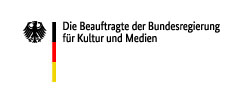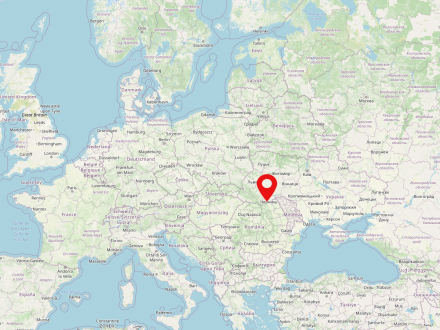Bukovina is a historical landscape in modern Romania and Ukraine. The northern part is situated in the Ukrainian Chernivtsi Oblast, while the southern part is part of the Romanian Suceava County. The region once formed a part of the Principality of Moldavia and the Habsburg Monarchy.













